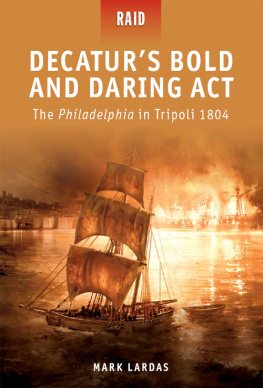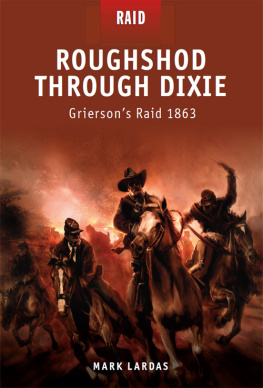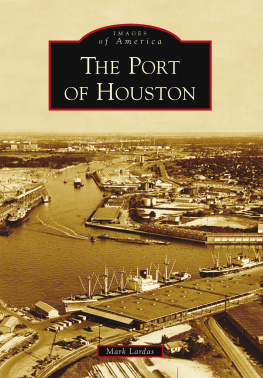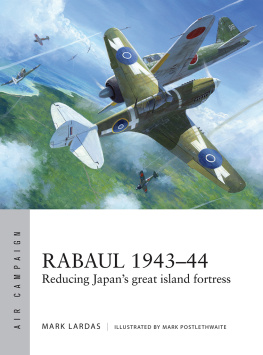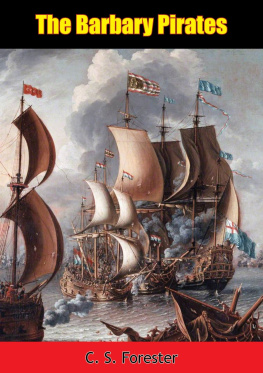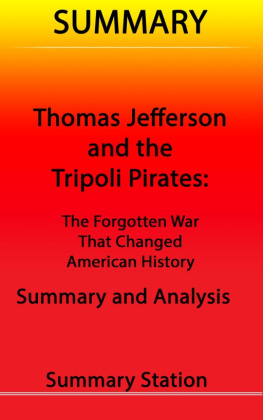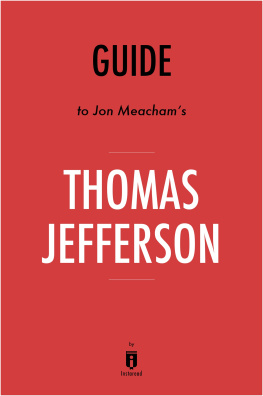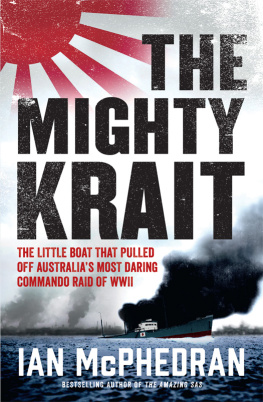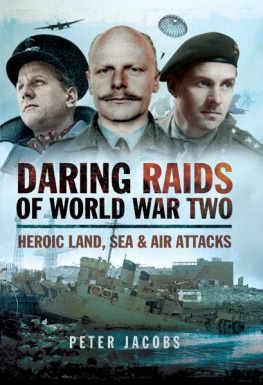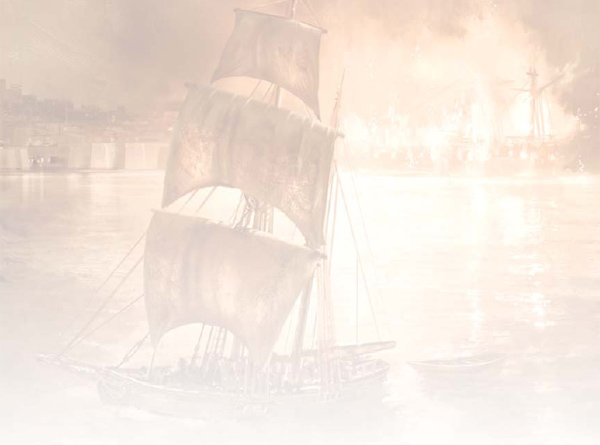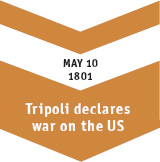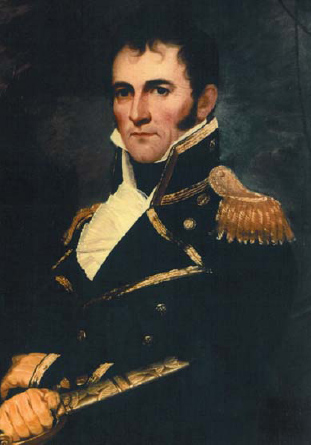DECATURS BOLD AND DARING ACT
The Philadelphia in Tripoli 1804
MARK LARDAS
CONTENTS
INTRODUCTION
For the US Navy frigate Philadelphia, October 31, 1803, began as another routine day off Tripoli harbor, on the North African coast in what today is Libya. The United States, at war with Tripoli since 1801, had sent squadrons annually to protect its Mediterranean shipping and blockade the city-state. Philadelphia, commanded by Captain William Bainbridge, was part of the 180304 squadron led by Commodore Edwin Preble.
The ship was one of five subscription frigates built for the Quasi-War with France, which was fought between 1789 and 1800. These vessels had been paid for by citizens of the cities in which they were constructed.
Philadelphia, built in its namesake city, was the largest of the five, 157ft long and 39ft wide, and displacing 1,240 tons. Rated at 44 guns, in 1804 it carried a battery of 28 18-pdr long guns and 16 32-pdr carronades. In point of fact, Philadelphia was smaller than the US Navys first 44-gun frigates, including the other 44-gun frigate in that years squadron, Constitution. This vessel was 175ft long, displaced 1,576 tons, and carried a main battery of 24-pdr long guns. Regardless, Philadelphia was larger than most European frigates, and on a par in both size and broadside with European frigates rated at 44 guns. It was a formidable warship.
As with Constitution, Philadelphias size and power allowed it to command the seas once away from the coast, but it was out of place in shallow waters. (Philadelphias draft was 20ft 6in aft, 18ft at the bow.) For blockade duties, Commodore Preble usually paired his frigates with a lighter warship from his squadron. The shallow-draft craft worked inshore, while the large frigate stood offshore, serving as big brother, protecting the smaller ship from Tripolitan warships if necessary. When Preble dispatched Philadelphia to Tripoli, the frigate was accompanied by the 14-gun schooner Vixen.
The two warships arrived at Tripoli on October 7, 1803, with orders to remain until November. Nearly two weeks later, on October 19, Bainbridge learned that two Tripolitan warships were already at sea, so he had dispatched Vixen to search for them. On October 31, Philadelphia was quite alone.
At 9:00am Philadelphias lookouts spotted two vessels approaching harbor. Bainbridge gave chase. Unable to draw within gunshot before the ships reached the approaches to the harbor, Bainbridge sailed in after them. American charts indicated that portion of Tripoli harbor had a depth of 4060ft. Aware of the ships draft and mistrusting the charts, Bainbridges first lieutenant, David Porter, had three men at the bow, taking soundings using a lead line a weighted line, marked with pieces of cloth tied at set intervals along the line to measure depth.
Porters concern was well founded. An unmarked shoal cut across Philadelphias path. The shoal lay deep 15ft below the waters surface but while that allowed shallow-draft craft to pass unmolested, it was much shallower than Philadelphias draft. It also rose abruptly. At 11:00am Philadelphia, cruising at 8 knots, sailed into these shoal waters. Before the leadsmen could give warning, Philadelphia moved across a submerged sand spit.
Momentum carried the ship onto the shoal. Bainbridge attempted to plow the ship forward, but this did not work. Instead, Philadelphia ran hard aground. Yet the stern of the ship was still afloat. If Bainbridge could lighten the ship forward, he could back the ship off the reef. This could be done by using a ships boat to take one of Philadelphias anchors aft, and use the ships capstan to winch the vessel back to the anchor. Under normal conditions, this procedure took routine seamanship, and both officers and crew were up to that challenge.
David Porter, shown here as a captain, was the first lieutenant of Philadelphia in 1804. (USNH&HC)
Conditions were anything but routine, however. Philadelphia was in the middle of a hostile harbor in broad daylight. It was within range of shore guns. The frigate was heeled over, obviously stuck. A Tripolitan response would soon begin, so Bainbridge and his men set to with a will, attempting to free the frigate. First to go overboard was the ships fresh water. Consumable stores, such as food and spirits, soon joined other stores over the side. The anchors were cut away, except for one, to be used to pull the ship off the shoal. It was shifted aft, as were the ships guns. Yet the bow stubbornly remained fixed in the sandbar. The guns soon followed most of the anchors. A few were kept to defend the ship from Tripolitan gunboats, but most went over the side.

By now it was afternoon. Initial Arab response had been desultory, but soon gunboats began approaching Philadelphia, like sharks circling a beached whale. While they kept their distance, they prevented Bainbridge from employing boats to kedge Philadelphia off the sandbar. In desperation, Bainbridge ordered the foremast cut away. This failed to free the ship.
The gunboats had not yet attempted to board Philadelphia. Instead, they rowed so that they were off Philadelphias high starboard side, making it impossible for the American cannon to fire at them the heel of the frigates deck prevented their use. Bainbridge faced the destruction of his ship and crew and could not strike back. It was 4:00pm. The crew was exhausted by five hours of unremitting labor. Bainbridge ordered the ship scuttled. At sunset, he surrendered his frigate.
Bainbridge and the 300-plus officers and men of its crew passed into the hands of the Bashaw of Tripoli. They would serve as hostages for the rest of the war. Worse, from the perspective of the American squadron fighting Tripoli, was that the sandbar that trapped Philadelphia also prevented the ship from being successfully scuttled. The Arabs were able to plug the holes made by Philadelphias carpenter, and refloat the frigate. Its jettisoned guns, on the shallow sea bottom near the ship, were also soon recovered.
Americas enemies were now in possession of one of the most powerful frigates in the world. If Tripoli took their prize to sea, Philadelphia could easily defeat six of the seven remaining warships in Prebles squadron. Only Constitution could match it. Preble had to retake or destroy Philadelphia before it could be refitted. The ships capture that late October day put in train a series of events that would reach a climax in February 1804. The raid to destroy Philadelphia was a feat that Horatio Nelson, one of Britains boldest naval commanders, would characterize as most bold and daring act of the age.

